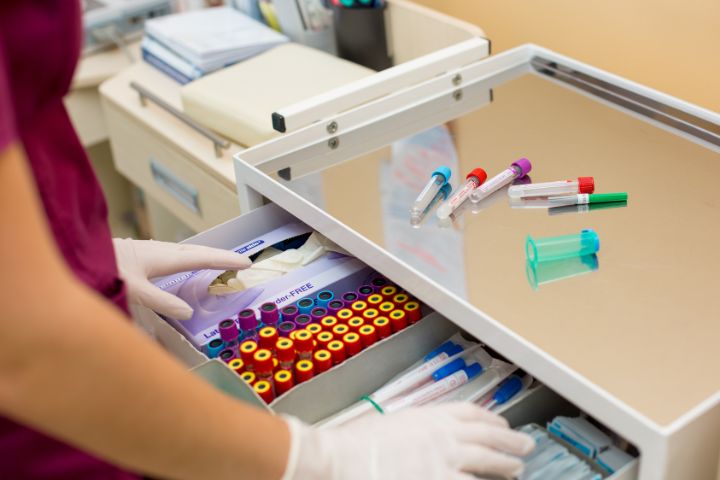Working as a phlebotomist involves playing a crucial role in treating patients. Their work helps doctors and nurses make accurate diagnoses and treatment plans. Thanks to the work of phlebotomists, healthcare teams are able to make quality decisions every day that improve and save lives.
Before you start work as a phlebotomist, you’ll need to master a few key skills for success in the workplace. You’ll need to learn these skills no matter where you end up working as a phlebotomist. They include:
- Venipuncture techniques, which is drawing blood through a vein, heel stick, or finger prick
- Proper techniques for specimen labeling, transporting, and storing
- Infection control
- Communication
- Proper techniques for sanitation
- Preventing the spread of disease
If the sight of blood makes you woozy, it’s possible this career path may not be the right one for you. That’s something to consider. But if you’re okay with blood, and you’re also interested in the science behind testing blood samples and reading their results, read on! There are lots of job opportunities out there for phlebotomists in a variety of job settings. It’s also a position that can serve as a steppingstone within the healthcare industry.
Get started on your career path
Where you could work as a phlebotomist
Now is a great time for working as a phlebotomist, as jobs in this industry are projected to rise much faster than the national average for other occupations. According to the U.S. Bureau of Labor Statistics, phlebotomy jobs are projected to rise 8% from 2022 through 2032. As the demand for skilled phlebotomists continues to grow, this makes it an ideal time to join this growing career path.1
There may be other places, but as a general idea, you can find work as a phlebotomist in:
- Blood donation centers
- Medical clinics
- Nursing homes
- Home healthcare agencies
- Diagnostic laboratories
- Research facilities
- Ambulatory healthcare services
- Doctors’ offices
Your job duties will vary depending on where you work. For example, phlebotomists in nursing homes will spend a lot of time with elderly patients. Meanwhile, if you work in a research facility, you may spend time testing or evaluating samples as well as maintaining storage and sanitation practices. And if you choose to start working as a phlebotomist for a blood donation center, you may also help with donor recruitment. Consider your interests and what different work settings appeal to you. This will help you narrow down where to apply for jobs once you’re ready to start your phlebotomy career.
Training you’ll need to pursue working as a phlebotomist
To start working as a phlebotomist, you’ll need to undergo some training. Most employers prefer phlebotomists who have earned a certificate from a postsecondary phlebotomy program. Before you enroll in a program, take some time to look up the requirements for working as a phlebotomist in your area. Some states may require more certifications such as Basic Life Support. You can learn Basic Life Support skills through some phlebotomy programs or other classes. Once you know what you need to start working as a phlebotomist, it’s time to research programs and enroll! Then you can finally figure out where to work as a phlebotomist.
Gain the skills you will need at Training Direct!
If you’re ready to start working as a phlebotomist in Connecticut, Training Direct offers a program that aims to help you qualify for entry-level phlebotomist jobs in the state. With opportunities for hands-on learning and a well-rounded curriculum, you can complete your Phlebotomy training program in as little as 3-4 weeks. From there, where can you work as a phlebotomist? From hospitals to doctor’s offices to blood drives, there are a variety of places you can work as a phlebotomist in Connecticut.
1. Bureau of Labor Statistics, U.S. Department of Labor, Occupational Outlook Handbook, Phlebotomists,
at https://www.bls.gov/ooh/healthcare/phlebotomists.htm (visited May 21, 2024).





